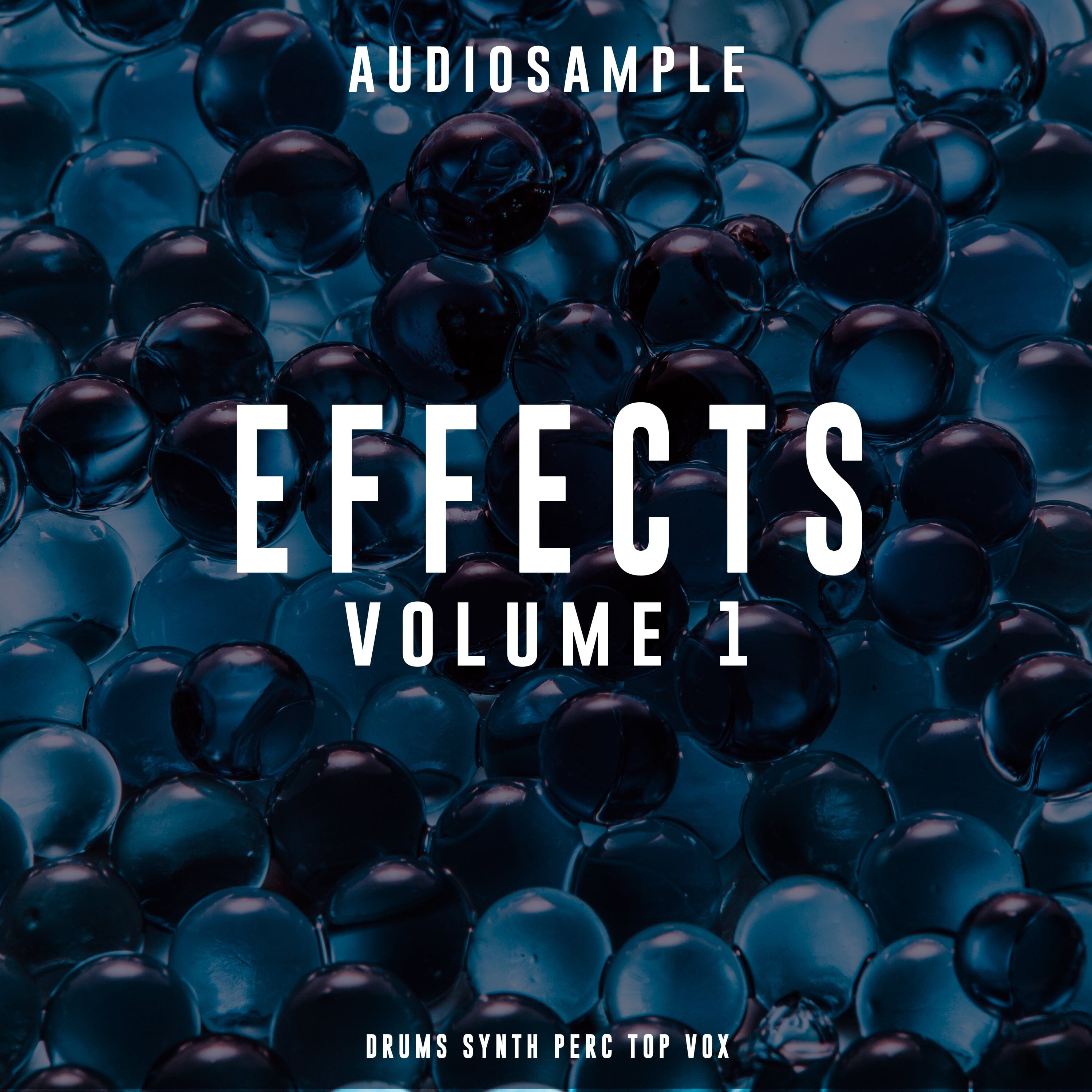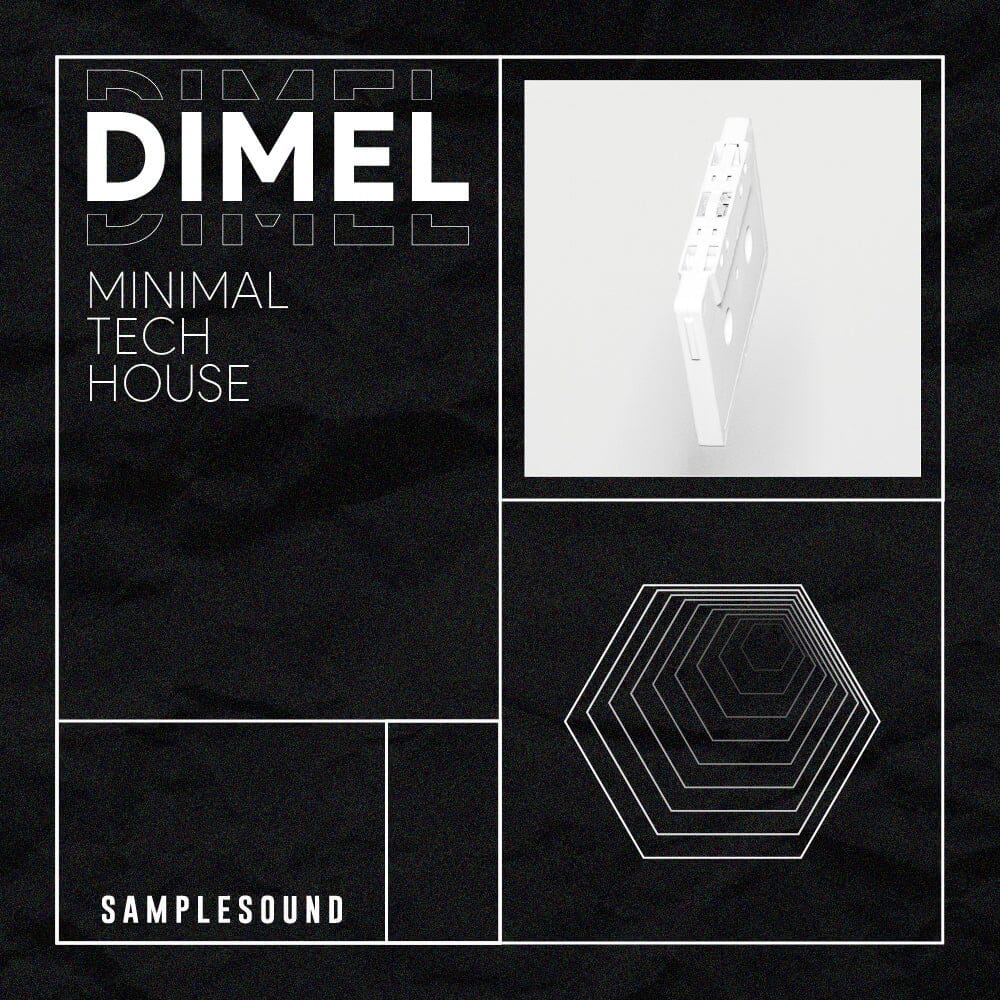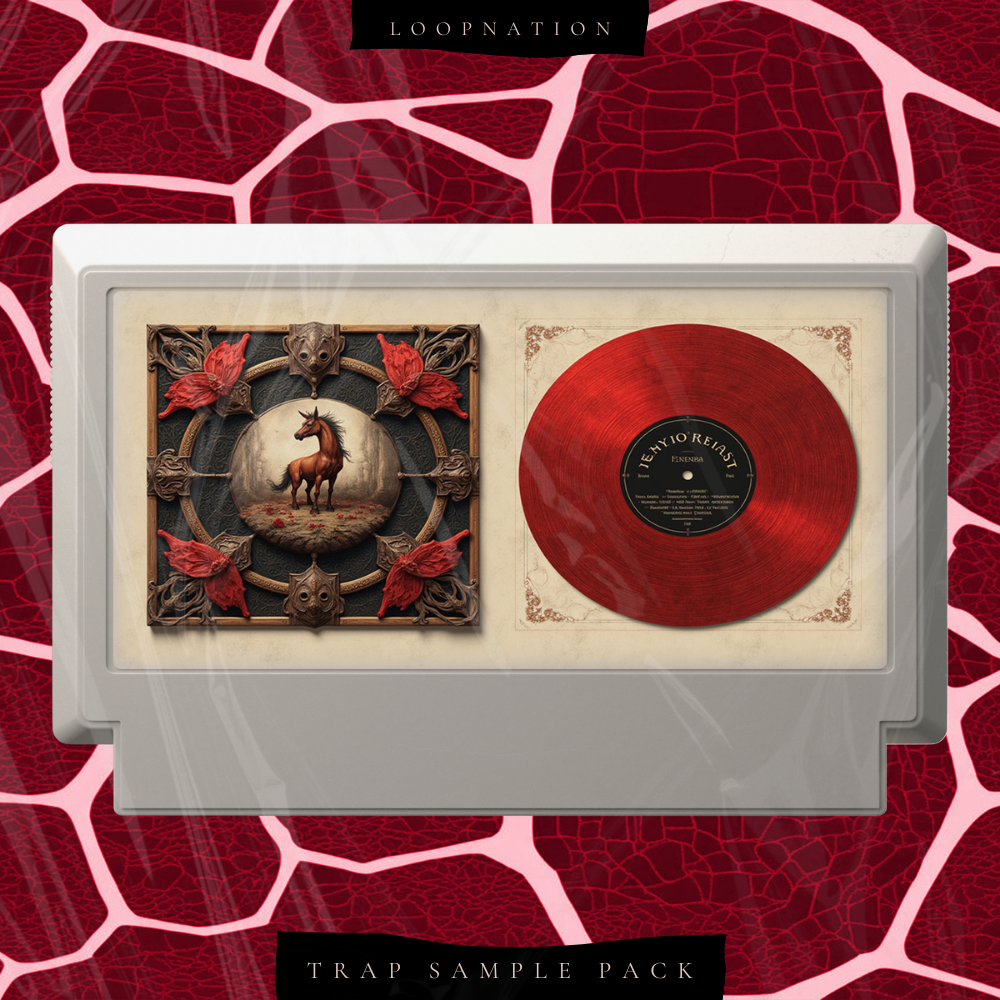Layering Percussion in Afro House
Afro House music is renowned for its infectious grooves and vibrant energy, both of which are largely driven by the intricate layering of percussion. Percussion layering is essential in creating the signature rhythmic depth and dynamic movement that define the genre. This deep dive will explore techniques, pro producer tips, and mixing strategies to help you master the art of percussion layering in Afro House.
Understanding the Role of Percussion in Afro House
Percussion sits at the heart of Afro House music, serving as the primary driver of rhythm and groove. Common percussion instruments include congas, shakers, bongos, djembes, and traditional African drums. Each contributes unique rhythmic patterns that complement the overall track vibe, often interlocking in polyrhythmic sequences to create complex textures.
These patterns not only establish the pulse but also enhance the emotional intensity and danceability, contributing to the track’s organic and immersive feel.
Pro Producer Tips for Choosing Percussion Sounds
Selecting the right percussion sounds is crucial for building a dynamic and cohesive mix. Veteran producers recommend starting with high-quality acoustic samples or well-crafted digital instruments that offer clear tonality and natural decay. It’s important to choose complementary sounds that occupy distinct frequency ranges to avoid overcrowding the mix.
- Layering a bright shaker with a deep conga to create contrast.
- Using unique percussive textures that add character without clashing.
- Experimenting with ethnic percussion sample packs to infuse authenticity and richness.
For an excellent selection of Afro House percussion samples, check out the Afro House Sample Pack available online.
Techniques for Layering Percussion Effectively
Effective layering involves stacking multiple percussion elements to craft depth and complexity while maintaining clarity. Follow these step-by-step strategies:
- Start with the foundational rhythm: Lay down your core percussion groove, such as congas or djembes.
- Add complementary layers: Incorporate shakers, claps, or tambourines to enhance texture and movement.
- Match rhythmic patterns: Align complementary sounds on off-beats or syncopations to avoid rhythmic clashes.
- Space elements out: Use panning and volume automation to prevent overcrowding in the mix.
- Use layering to create call and response: Interweave different percussive sounds to mimic dialog within the rhythm section.
Applying these techniques ensures your percussion section remains engaging yet clean and balanced.
Mixing and Mastering Tricks for Percussion Clarity
Maintaining clarity and punch for each percussion layer requires careful mixing and mastering. Here are some essential tips:
- Use EQ to carve frequency space: Cut unnecessary lows in shakers or high-mids in bass-heavy percussion to eliminate muddiness.
- Apply sidechain compression: Duck certain layers subtly under the kick drum to preserve groove drive.
- Utilize parallel compression: Blend compressed percussion layers with dry signals to boost presence without crushing dynamics.
- Master with multi-band compression: Control frequencies selectively to ensure a balanced kick and percussion response throughout.
For advanced plugins tailored to these tasks, explore the FabFilter collection which offers powerful tools for mixing and mastering.
Using EQ and Compression on Percussion Layers
Equalization and compression go hand in hand in shaping percussion dynamics and frequency placement:
- EQ: Focus on removing frequency clashes—high-pass filters around 100-150 Hz on non-bass percussion layers help clean up low-end rumble.
- Compression: Tighten dynamic range to keep percussion consistent but avoid over-compressing which flattens natural groove.
Using multiband compressors can help target problematic frequency ranges without affecting the entire percussion section. Apply gentle attack and release settings to maintain the transient impact that drives Afro House rhythms.
Creative Effects and Processing for Percussion
Adding creative effects can transform basic percussion stacks into vibrant, textured elements:
- Reverb: Use short, subtle reverb to add space without washing out clarity.
- Delay: Sync dotted or triplet delays to the tempo to create rhythmic interest.
- Saturation: Add warmth and harmonic richness with analog-style saturation plugins.
- Modulation effects: Light chorus or phaser can inject movement and depth.
Experimenting with such effects allows you to tailor percussion layers to your track’s emotional and spatial environment.
Case Study: Analyzing Percussion Layering in a Popular Afro House Track
Let’s break down the percussion layering in a well-known Afro House track:
- Core rhythm: A deep conga pattern establishes the groove.
- Secondary layer: Fast shakers and hi-hats fill in rhythmic gaps with syncopated patterns.
- Additional textures: Hand claps and subtle bell hits accentuate song sections.
- Mixing: Each layer is EQed to avoid frequency masking, with dynamic compression applied for balance.
This approach demonstrates the balance between complexity and clarity achievable with well-executed percussion layering strategies.
Common Mistakes to Avoid When Layering Percussion
Layering percussion can be tricky, and several common pitfalls should be avoided:
- Phase cancellation: Overlapping percussion elements can cause phase issues, reducing sound quality. Use phase alignment tools to fix this.
- Frequency masking: Choosing sounds that occupy the same frequency range can muddy the mix.
- Over-processing: Excessive effects and compression can rob percussion of its natural dynamics and character.
- Ignoring rhythmic balance: Too many layers playing simultaneously can clutter the groove.
Being mindful of these helps maintain professional-sounding percussion mixes.
Conclusion: Mastering Percussion Layering in Afro House
Mastering percussion layering is fundamental for crafting authentic and engaging Afro House tracks. By carefully selecting complementary sounds, employing effective layering techniques, and applying precise mixing and mastering tricks, you can create percussion sections that are both rich in texture and crystal clear. Remember to experiment and listen critically to maintain the groove’s energy and depth. For producers eager to expand their percussion arsenal, the Afro House Sample Pack offers an excellent starting point with high-quality sounds tailored to the genre.
FAQ
What are the best percussion instruments for Afro House?
Traditional African drums like congas, djembes, bongos, complemented by shakers and claps, are ideal. Choosing acoustic or authentic samples enhances the organic feel.
How can I avoid clutter when layering percussion?
Use EQ to carve frequency space, pan instruments carefully, and limit the number of overlapping layers playing simultaneously to maintain clarity.
Which effects work best on Afro House percussion?
Subtle reverb, tempo-synced delays, and gentle saturation add depth and character without overshadowing the groove.
How important is phase alignment in layering percussion?
Phase alignment is crucial—it prevents audio cancellation that can weaken percussion impact and clarity.
Where can I find quality percussion samples for Afro House?
Reliable sources include dedicated sample packs like the Afro House Sample Pack, which offer professionally recorded and curated percussion samples.
















